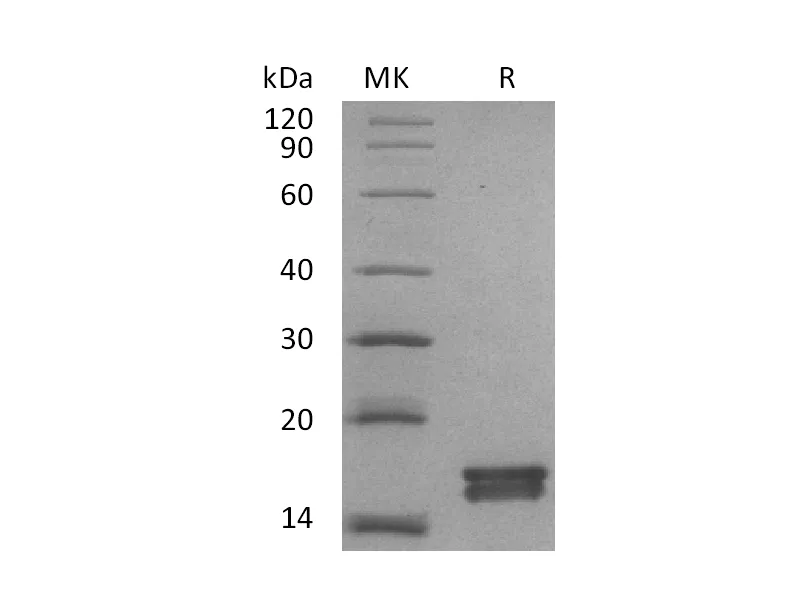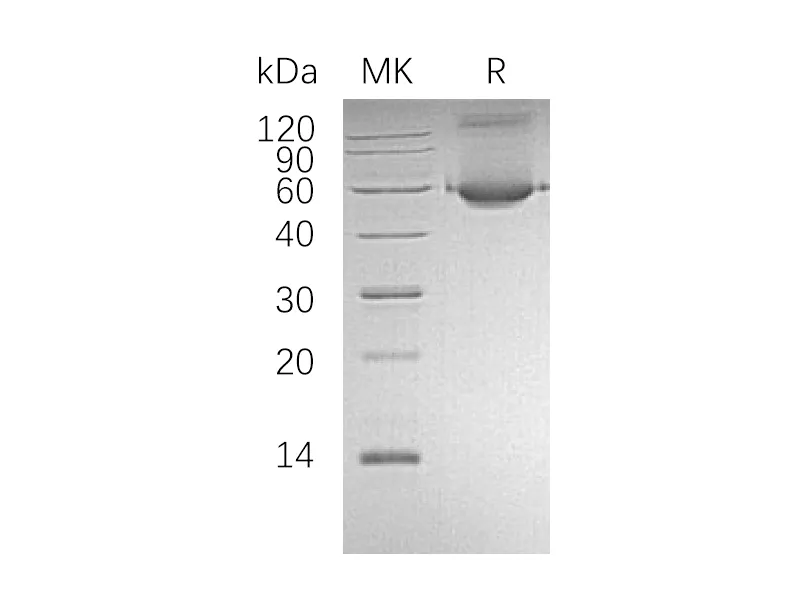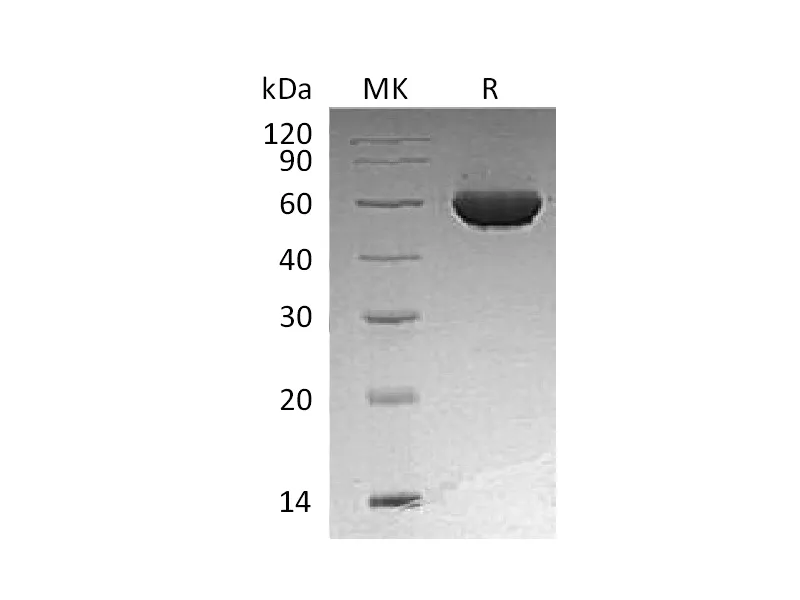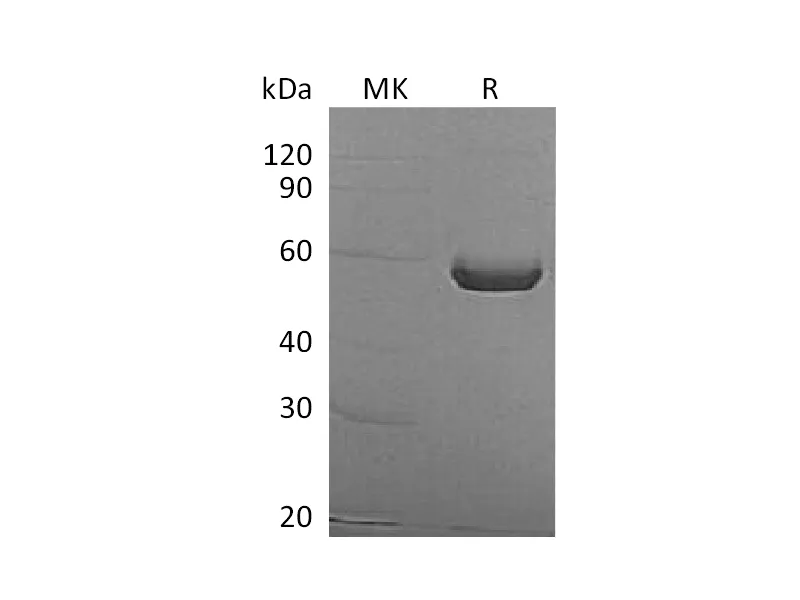Alternative Names
Carboxypeptidase B2; Carboxypeptidase U; CPU; Plasma Carboxypeptidase B; pCPB; Thrombin-Activable Fibrinolysis Inhibitor; TAFI; CPB2
Background
Carboxypeptidase B2 (CPB2) is a secreted enzyme that belongs to the peptidase M14 family. CPB2 is synthesized by the liver and circulates in the plasma as a plasminogen-bound zymogen by the liver and circulates in the plasma as a plasminogen-bound zymogen. CPB2 cleaves C-terminal arginine or lysine residues from biologically active peptides, such as kinins or anaphylatoxins, in the circulation regulating their activities. CPB2 also down-regulates fibrinolysis by removing C-terminal lysine residues from fibrin that has already been partially degraded by plasmin. CPB2 exhibits carboxypeptidase activity when it is activated by proteolysis at residue Arg92 of the thrombin/thrombomodulin complex. Activated CPB2 reduces fibrinolysis by removing the fibrin C-terminal residues that are important for the binding and activation of plasminogen.
Note
For Research Use Only , Not for Diagnostic Use.




